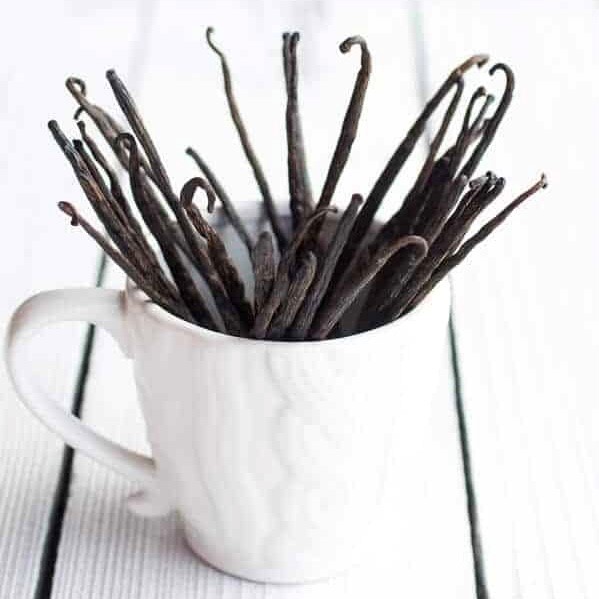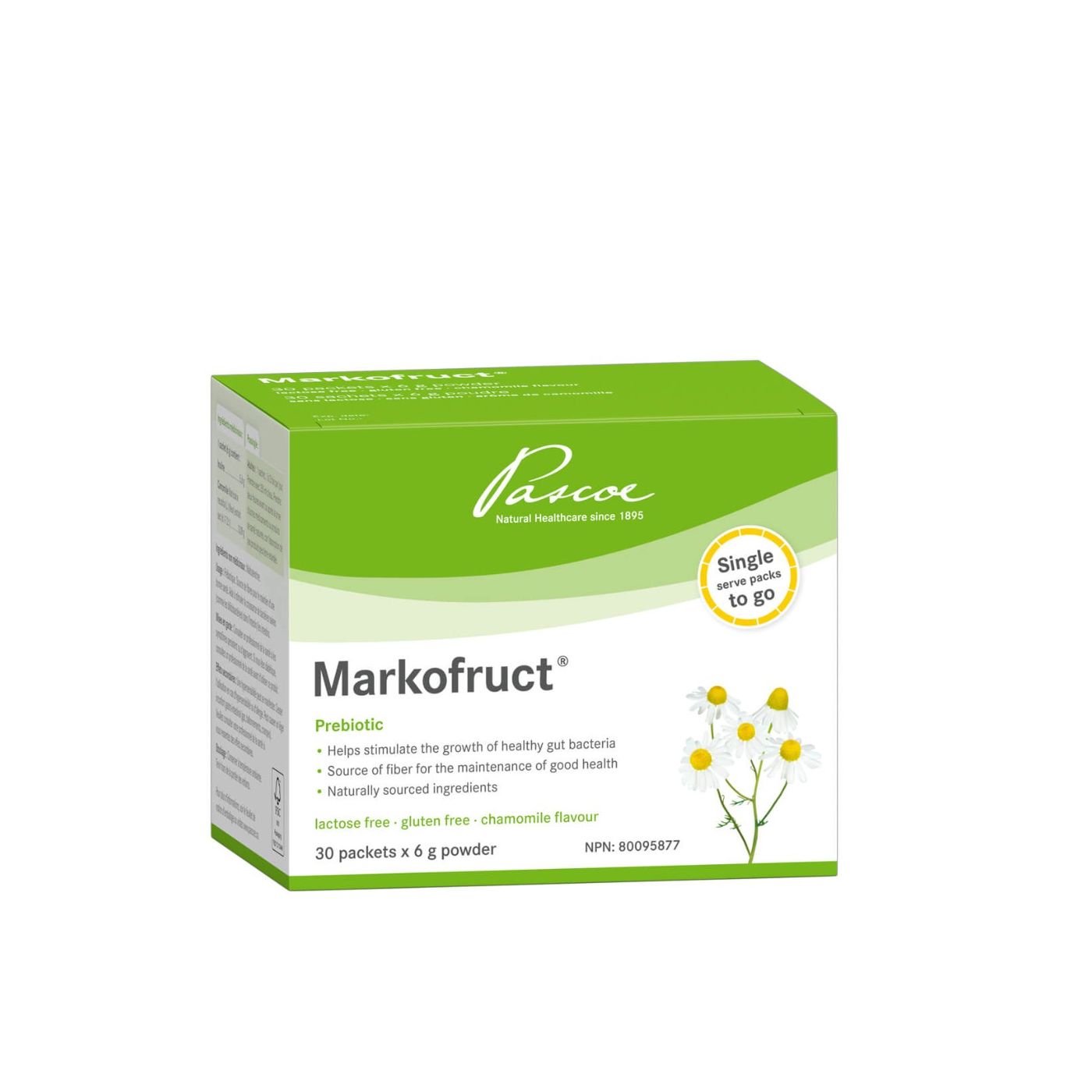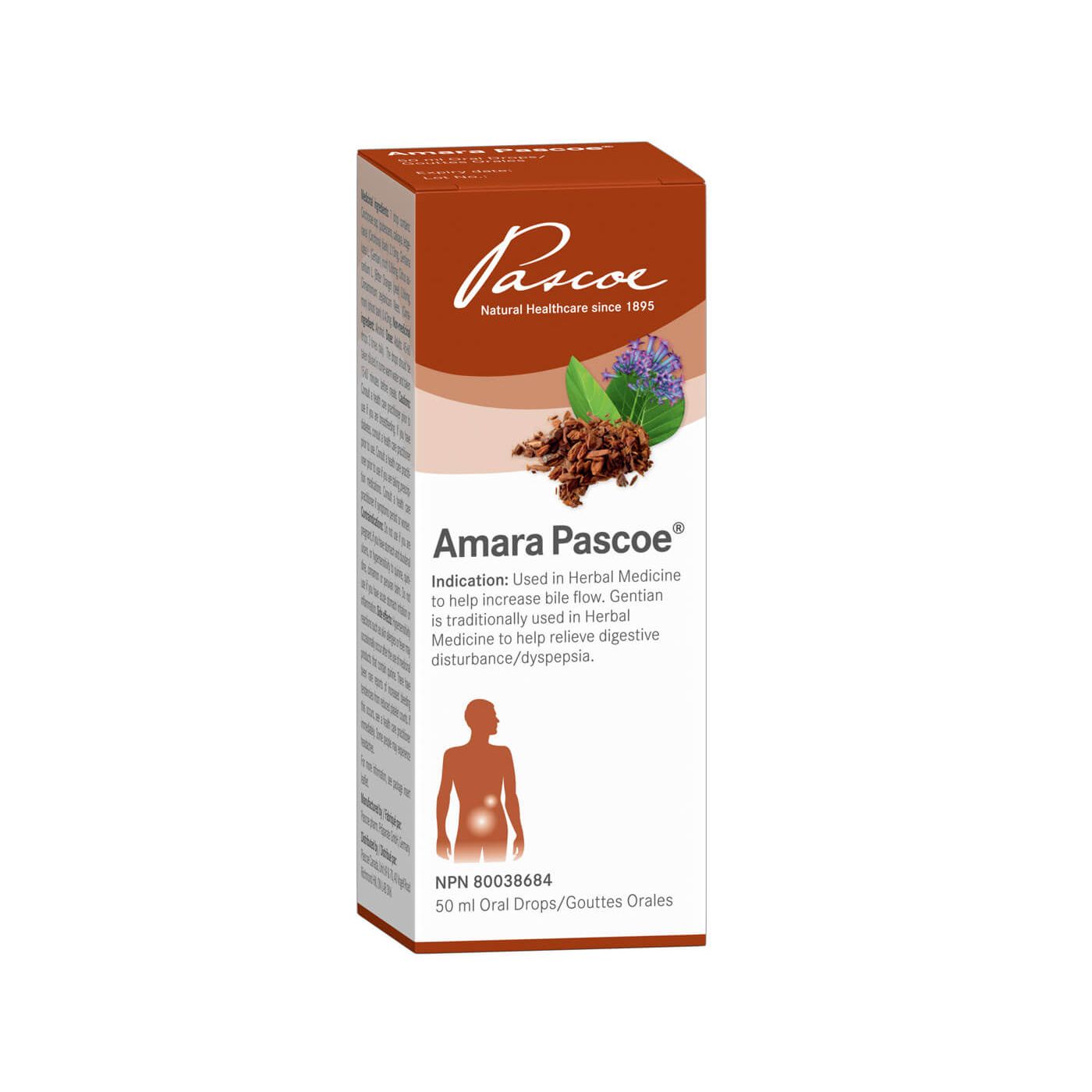The Queen of Spices, a Golden Nut , and a Burial Offering for Tutankhamun
The use of vanilla and ginger during the holiday season is the most traditionally used for baking.
Vanilla (Vanilla planifolia), the queen of all spices
The true vanilla is derived from a tropical climbing vine with meter lang stems. As you may have deduced from the flowers, it is a yellow flowering orchid. The flower was originally native to Mexico and was exported to Spain and Europe after discovery.
The commonly known, “Bourbon- Vanilla” was named after one of the major distributors of vanilla from the island of La Réunion which was ruled by Bourbon kings of France and has no relation to the name. Still, vanilla continued to be known up to the mid-19th century as Bourbon Vanilla.
Vanilla, as we know it, is the product of fermenting the beans/pods of the vanilla vine. It is a very exacting process, from hand picking to fermenting, blanching, drying in the sun and ripening of the beans.
Not to mention the hand pollinating process of the vanilla flowers which explains the price we pay at the stores for the fresh vanilla beans vs. the vanilla flavor or vanilla sugar. Most of them are from Madagascar, but the best quality and the priciest is the one from Tahiti.
Vanilla is not known as much for its healing properties, rather for its mood balancing and calming effect. We love to smell the vanilla as essential oil when we enter a home. As a culinary ingredient, however, vanilla has an unreputable place as no other spice; used in ice cream, syrup to flavor your coffee or latte, and not to mention, number one ingredient for baking.


Nowadays, chefs around the world experiment with vanilla as an ingredient in entrees, such as with fish, meat, even vegetables such as carrots or asparagus; all a question of taste.
Don’t throw out the used beans; after scratching the vanilla from the pods, store them in a jar, top with sugar and voila, you have yourself a vanillin sugar to use for deserts, or anything else you wish for.
Nutmeg (Myristica fragrans) – The golden “nut”
The seeds of Myristica fragrans, the nutmeg tree, grows to around 15 m high. The fruits are light yellow, almost the size of a peach and crack open when ripe. That’s when they release the seeds which are, aside from other properties, antimicrobial as well.
Traditionally they were used for belly cramps, diarrhea, and bloating. Nutmeg was even used topically for neural and rheumatic pain. Caution is necessary, though: taking more than half of the nut can lead to poisoning and using too much of it topically can cause allergic rashes.
Nutmeg has been known in culinary recipes since the 12th century and because of its rarity was weighed against gold. It is used mainly with potato dishes, spinach and is a main ingredient in Indian spices, such as Garam Masala. Hildegard von Bingen used the nutmeg to make “Nerve cookies, or Cookies of Joy” believing the nutmeg should be taken in regular intervals to help with positivity and joyfulness.
Coriander (Coriandrum sativum), round and brown seeds, a burial gift for Pharaohs
Coriander was known and celebrated for thousands of years in different cultures all over the world as a healing and culinary spice. Coriander seeds were found in the Egyptian Pharaohs tomb, Tutankhamun, believing the seeds to be like mana, spiritual life force and energy also known as heavenly food.
The coriander plant of coriander is an umbellifers, an aromatic flowering plant cousin to dill, fennel, and anis. The green leaves are used in some cultures like parsley; the dried seeds however have an entirely different taste and flavor than the leaves; tangy, sweet and aromatic with an undernote of orange.
During Christmas backing, the seeds can be one of the ingredients used, such as in coriander drop cookies or biscuits. But you can find it in curries or even in bread as well, mostly Scandinavian, or Russian black breads. If you are using coriander, use the whole seed before grinding, as the aroma diffuses very fast.
Studies show that the essential oils coriander have an antibacterial property and as such are used as a natural antibiotic, same as oregano. Traditionally, coriander was used for GI tract issues but also to counteract poisoning. In the Ayurvedic remedies coriander is used for its anti- inflammatory and antirheumatic properties which currently is being researched to validate these properties.
Disclaimer
Pascoe Canada does not offer health or medical advice as we are not a healthcare practitioner. Please speak with your healthcare practitioner before beginning any program related to nutrition, diet, exercise, fitness, medical, and/or wellness. All content published by Pascoe Canada is developed through collaborating with licensed medical professionals and contributors. This includes text, graphics, images, and other material on the website, newsletter, and products (“Content”). This content is for informational purposes only and does not constitute medical advice. The content does not substitute professional medical advice, diagnosis, or treatment. Please always do your own research on whether this is for you along with your healthcare practitioner advice. Always consult your healthcare practitioner prior to using specific herbs because you might have underlying conditions that need professional care. The content is general in nature and is subject to change. It is not intended to cover all possible uses, directions, precautions, warnings, drug interactions, allergic reactions, or adverse effects.




